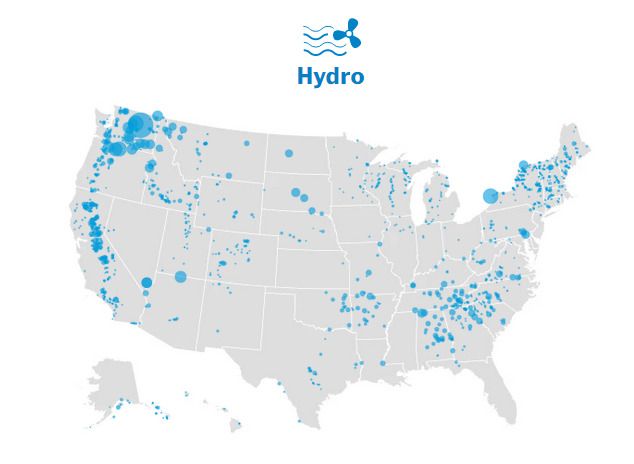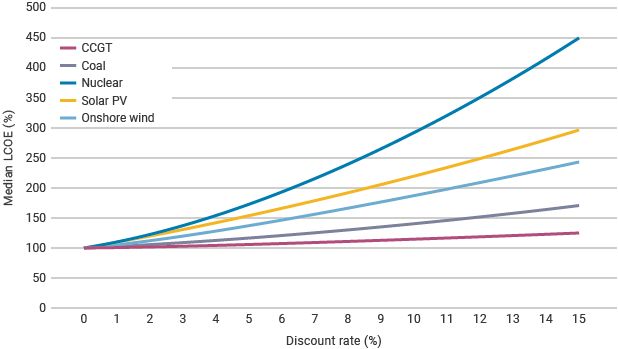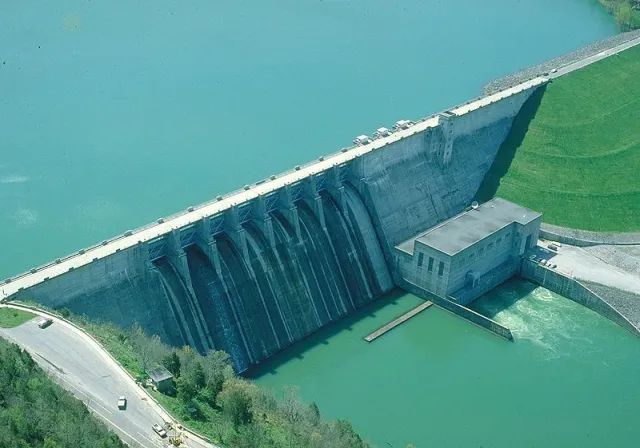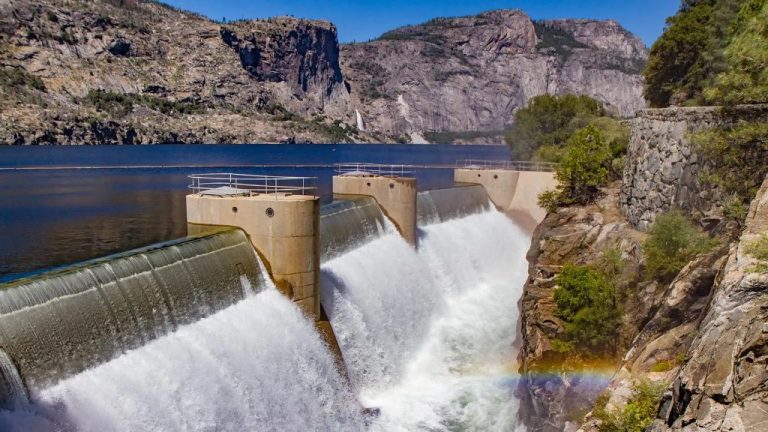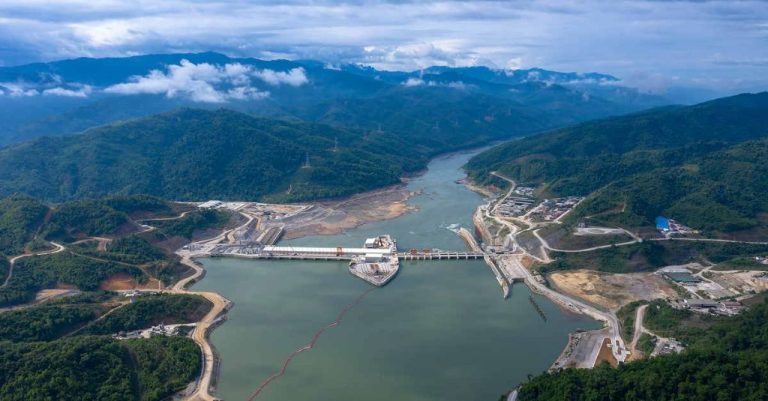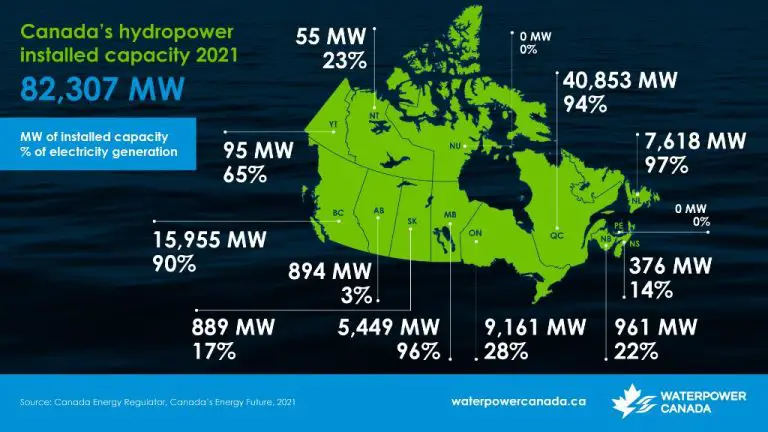How Do Hydroelectric Dams Emit Greenhouse Gases Like Methane Without Burning Any Fossil Fuels?
Hydroelectric power is an important source of renewable energy across the world. By damming rivers and using the flow of water to spin turbines, hydroelectric dams are able to generate electricity without burning fossil fuels. Over 65 countries rely on hydropower for at least half of their electricity generation.
While hydroelectric dams are renewable, there has been increasing focus on their impact on greenhouse gas emissions. Despite not directly burning any fossil fuels, hydroelectric reservoirs still emit substantial amounts of greenhouse gases like methane and carbon dioxide. This is primarily through biological processes resulting from the flooding of vegetation and soil in the process of dam and reservoir creation.
Understanding the mechanisms and magnitude of reservoir emissions is important, as hydropower is often considered a climate-friendly energy source. This content will provide an overview of how hydroelectric dams can create significant greenhouse gas emissions without combusting any fuels. It will analyze the biological processes leading to methane and carbon dioxide release from dam reservoirs. Despite their renewable nature, the emissions impact of dams must be considered in evaluating their overall climate footprint.
How Hydroelectric Dams Work
Hydroelectric dams convert the potential energy of water into electricity. They use dams to block and control the flow of water in rivers and create large reservoirs. As the water in the reservoir flows through the dam, it turns turbines inside the dam. The moving turbines then spin generators to produce electricity.
To create a reservoir, hydroelectric dams block rivers with a dam wall. The dam wall holds back the water and causes it to accumulate in the reservoir. The water in the reservoir contains potential energy due to the height and pressure of the accumulated water. Dams can be massive structures, sometimes stretching up to 740 ft tall and 4,500 ft wide.
The dam has gates called spillways that control the rate at which the water flows through the dam. The spillways allow operators to control the water elevation and flow. The flowing water is directed through large pipes called penstocks towards turbines inside the hydroelectric powerhouse. As the water pushes against the turbine blades, it causes the turbines to spin. The mechanical power generated by the spinning turbines rotates electromagnets inside electrical generators. The rotation of the magnets inside the generators induces a current, generating electricity.
Sources:
https://savree.com/en/encyclopedia/hydroelectric-dam
https://www.pbslearningmedia.org/resource/a562b02b-d2d0-43d4-aa62-43225102f268/how-hydropower-dams-work/
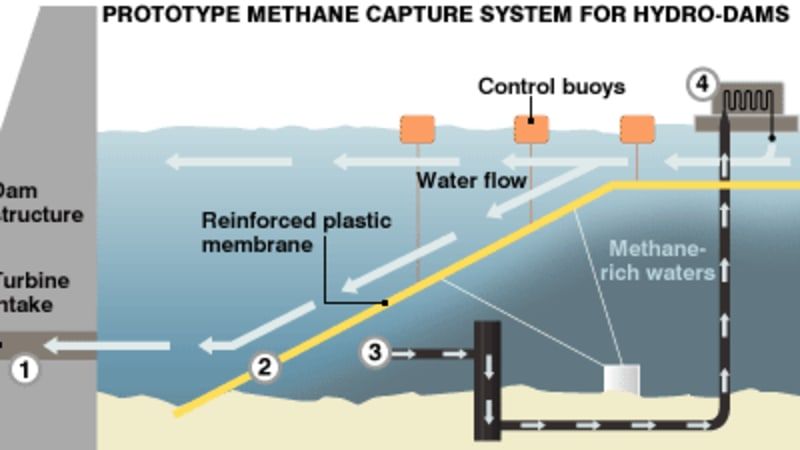
Methane and Carbon Dioxide Emissions
Hydroelectric dams emit significant amounts of greenhouse gases like methane and carbon dioxide without burning any fossil fuels. This is due to the anaerobic decomposition of flooded organic matter in the reservoirs behind the dams. When land is flooded to create a reservoir, vegetation and soil organic matter decompose in an oxygen-deprived environment, resulting in methane emissions.
According to a 2016 study, reservoirs account for 1.3% of global anthropogenic greenhouse gas emissions. And hydropower methane emissions can be over 20 times that of generating the equivalent amount of electricity from fossil fuels like coal or natural gas.
However, overall lifecycle emissions from hydropower plants are often still lower than fossil fuel plants. But the methane emissions from reservoirs should not be overlooked when considering hydropower as a renewable energy source.
Reservoir Emissions Overview
Hydropower dams flood large areas to create reservoirs. This flooding leads to the decay of vegetation and organic carbon that was previously contained in the soil before it was submerged underwater. According to the U.S. Department of Energy, the reservoirs created by hydropower dams emit greenhouse gases like carbon dioxide and methane (https://www.energy.gov/eere/water/tracking-carbon-footprint-hydropower).
When land areas are flooded to create a reservoir, the vegetation that gets submerged decays anaerobically underwater, producing methane. In addition, the carbon in the flooded soil gets converted into carbon dioxide and methane. Hydropower reservoirs emit greenhouse gases primarily through this process of decaying organic matter. According to the International Hydropower Association, the methane emissions from reservoirs occur because of the anaerobic decay of organic matter in the flooded lands behind the dam (https://www.hydropower.org/blog/carbon-emissions-from-hydropower-reservoirs-facts-and-myths).
Methane Emissions Mechanism
Methane is produced at hydroelectric dams due to the activity of anaerobic bacteria (bacteria that thrive without oxygen) within the reservoir. As vegetation and other organic material decays underwater, it provides food for these anaerobic bacteria. During decomposition, the bacteria produce and release methane gas as a byproduct.
Several factors within the reservoir environment influence methane production:
- Water depth – Shallower water near the edges of the reservoir provide better conditions for methane production.
- Water temperature – Warmer temperatures speed up the bacterial decomposition process and methane release.
- Sediment type – Some sediment compositions harbor more methane-producing bacteria.
Generally, the methane emissions are highest in the first few years after dam construction as the flooding of biomass fuels substantial bacterial methane production. Emissions then steadily decline over the dam’s operating lifetime as this supply diminishes.
Most of the methane escapes from the reservoir surface, but turbines and spillways provide additional escape routes. Methane exiting at dam infrastructure bypasses natural oxidation and contributes significantly to net emissions.
Contribution to Greenhouse Gases
Hydroelectric reservoirs are a significant source of methane emissions, accounting for around 1.3% of total global methane emissions according to the International Hydropower Association. Methane is a potent greenhouse gas, with a global warming potential 25-28 times greater than carbon dioxide over a 100 year period.
The amount of methane emitted per unit of electricity generated is substantially higher for hydroelectric reservoirs compared to other renewable energy sources like wind or solar. According to a 2012 report by the U.S. Nuclear Regulatory Commission, hydroelectric power emits over 60 times more greenhouse gases per kilowatt-hour generated than wind or solar power.
While hydropower makes up around 16% of global electricity generation, reservoir emissions account for around 4% of total greenhouse gas emissions from the electricity sector. This disproportionate contribution highlights the importance of considering reservoir methane emissions in climate change mitigation efforts.
Impact Over Dam Lifetime
Hydroelectric dams have significant carbon emissions during the reservoir creation phase as well as ongoing emissions during operation.
When a reservoir is initially flooded, the decay of newly submerged vegetation and soil organic carbon generates substantial methane and carbon dioxide emissions. According to one study, these reservoir creation emissions represent over 90% of a dam’s lifetime carbon footprint.
During normal operation, hydroelectric reservoirs continue emitting greenhouse gases as organic matter in the water decays. Vegetation growing along the edges of the reservoir can also decay and release methane when water levels change. According to the International Hydropower Association, reservoir emissions during operation represent around 10% of a dam’s lifetime emissions.
Over the typical 50-100 year lifetime of a hydroelectric dam, the majority of emissions occur during initial reservoir flooding. However, ongoing emissions during operation still represent a significant contribution to the dam’s overall carbon footprint.
Strategies to Reduce Emissions
There are some strategies that can help reduce the greenhouse gas emissions from hydroelectric dams:
Changing reservoir management – The way a dam’s reservoir is managed can impact greenhouse gas emissions. Strategies like lowering reservoir water levels at certain times of year when organic matter is most likely to decay can help reduce methane production (Hydropower’s carbon footprint). Allowing some water to flow through rather than sit stagnant can also help.
Upgrading turbine technology – Older turbines used in hydroelectric dams tend to have lower efficiency and allow more organic matter to pass through into the downstream river. By upgrading to more modern, efficient turbine designs, dams can generate more electricity while allowing less organic matter through, reducing overall methane emissions (Reducing greenhouse gas emissions of Amazon hydropower with strategic dam planning).
Importance of Considering Emissions
Although hydropower is generally considered a renewable energy source, the emissions from hydroelectric reservoirs are an important part of the overall climate change strategy. According to one study, the methane emitted from hydroelectric reservoirs accounts for about 1.3% of total global anthropogenic greenhouse gas emissions. While lower than fossil fuel power plants, hydroelectric emissions are still substantial enough to be considered.
Compared to other renewable energy sources like wind and solar power that have minimal to no emissions, hydropower has much higher emissions due to the methane released from the reservoirs. However, it still has a lower carbon footprint than natural gas or coal power plants. As countries aim to transition to low-carbon energy sources, the emissions from hydroelectricity is an important factor to weigh when developing national strategies.
Rather than dismissing hydro as a clean energy source, it’s vital to develop methods to reduce methane emissions from reservoirs. With some modifications and management strategies, the hydroelectric industry can lower its emissions profile and strengthen its role as a renewable energy source in mitigating climate change.
Conclusion
To summarize some of the key points from this article, while hydroelectric dams are a renewable energy source and emit much lower greenhouse gases than burning fossil fuels, they do still cause emissions of carbon dioxide and especially methane from the reservoirs. The decomposition of organic matter that gets flooded releases these greenhouse gases, with methane in particular coming from the anaerobic decay at the bottom of reservoirs. These emissions are frontloaded and decrease over the lifetime of a dam as the reservoir emissions decline. Strategies like clearing vegetation before flooding and maintaining aerobic conditions can help mitigate the emissions. While hydroelectric dams have clear climate benefits over fossil fuel energy, their greenhouse gas emissions should be carefully considered and minimized in the planning and management of dam projects. With proper understanding and mitigation of reservoir emissions, hydroelectric power can be an important renewable energy source with relatively low lifetime emissions compared to fossil fuel alternatives.

